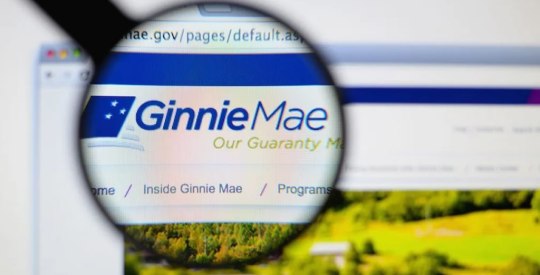Freddie Mac announced Monday that it is prepared to take the next step in the government’s continuing efforts to shed some of the credit risk facing the government-sponsored enterprises.
Earlier this year, the conservator of the GSEs, the Federal Housing Finance Agency, said that it planned to explore “front-end” credit risk transfer structures, which refers to the arrangement of the risk transfer that occurs prior to, or simultaneous with, the acquisition of residential mortgage loans by one of the GSEs.
Much of the GSEs current risk sharing is conducted via “back-end” transactions, including Freddie Mac’s Structured Agency Credit Risk or Fannie Mae’s Connecticut Avenue Securities debt transactions.
At the time, the FHFA said that it intended to explore risk-sharing deals featuring a deeper mortgage insurance structure, and now that’s exactly what Freddie Mac is doing.
According to an announcement from Freddie Mac, it plans to launch a pilot program featuring deep mortgage insurance, meaning that more mortgage risk will be transferred to private mortgage insurance companies.
This is how Freddie Mac characterizes the program:
Through a forward credit insurance policy by a panel of mortgage insurance company affiliates, this pilot structured transaction provides additional coverage beyond the primary mortgage insurance on 30-year fixed-rate mortgages with 80-95% loan-to-value ratios — which is placed immediately upon their sale to Freddie Mac.
According to Freddie Mac, the transactions are executed through a “competitive, transparent” auction process.
Mel Watt, the director of the FHFA, said that the deep mortgage insurance pilot program is an “important step” in the GSEs’ risk-sharing programs.
“Assessing the feasibility of such front-end credit risk transfer structures is a conservatorship priority and was included in the 2016 Scorecard for the Enterprises,” Watt said. “The Enterprises have been working with individual mortgage insurance companies on this important issue over the last several months.”
According to Watt, this transaction will include “mortgage loans that are originated by lenders of all sizes and it also has certainty of coverage and collateral requirements that are consistent with other credit risk transfer transactions.”
Additionally, Watt said that the coverage begins at the time the loans are delivered to the Freddie Mac, which is consistent with the FHFA’s definition of a front-end credit risk transfer.
Watt said that the performance of this pilot transaction and the feedback the FHFA and Freddie Mac receives from stakeholders will be “critical” as the FHFA explores additional ways to further the GSEs’ credit risk-sharing with private investors.
Kevin Palmer, senior vice president of credit risk transfer at Freddie Mac, said that the deep MI pilot builds on the success of its Agency Credit Insurance Structure program, in which Freddie Mac shares some credit risk with private capital from non-mortgage guaranty insurers and reinsurers.
“(Deep MI CRT) is the first credit risk transfer offering in the market with a flow-basis structure on loans purchased from our diverse lender base,” Palmer said.
“The pricing certainty provided by day one coverage offers us an economically sensible way to transfer mortgage credit risk away from taxpayers,” Palmer continued.
“Deep MI CRT embodies all the core elements of our single-family credit risk transfer program, and also helps us expand our important relationships with mortgage insurers,” Palmer added. “Risk transfer outside of the capital markets is a meaningful part of our single-family credit risk transfer strategy and we continue to explore options to expand our front-end risk transfer offerings.”



